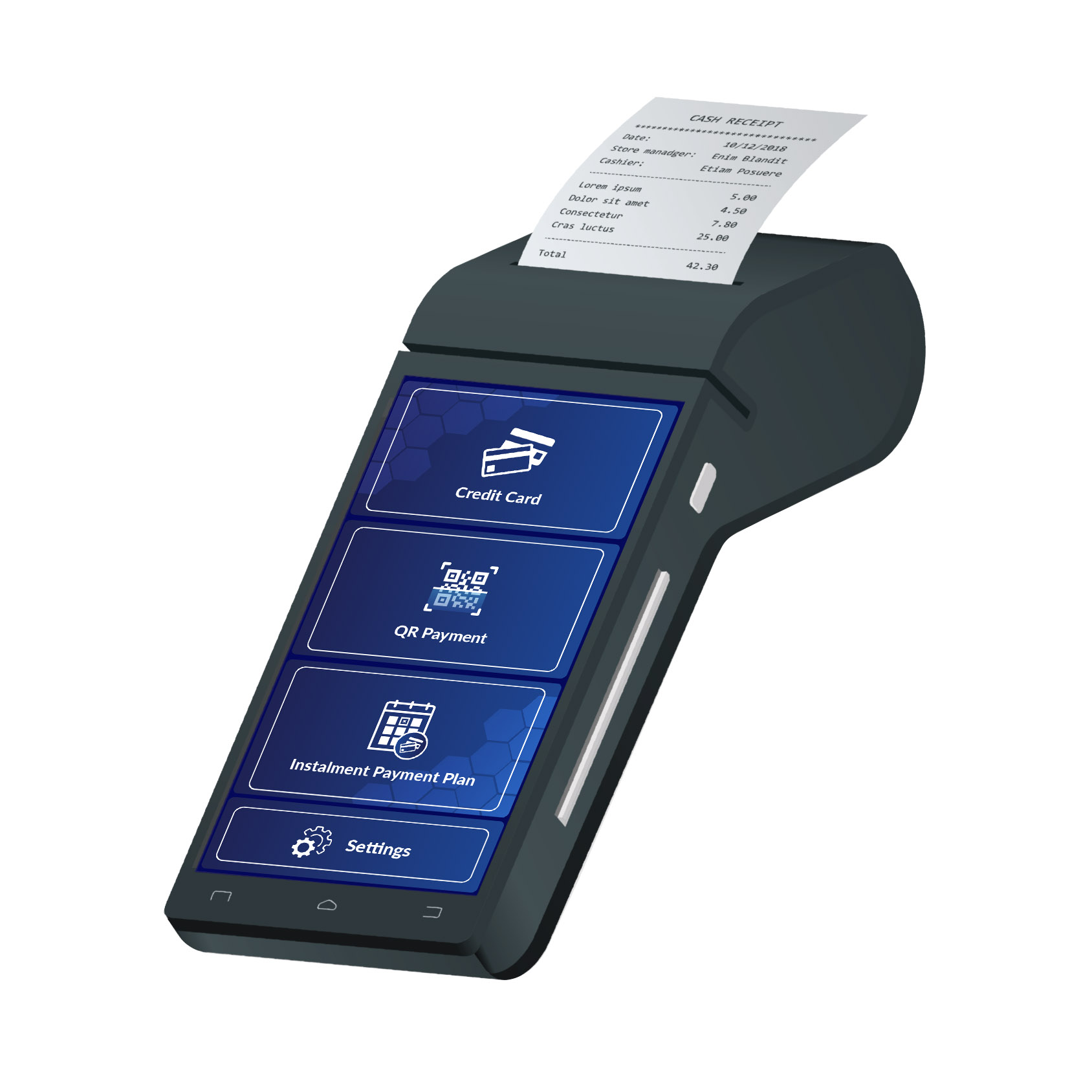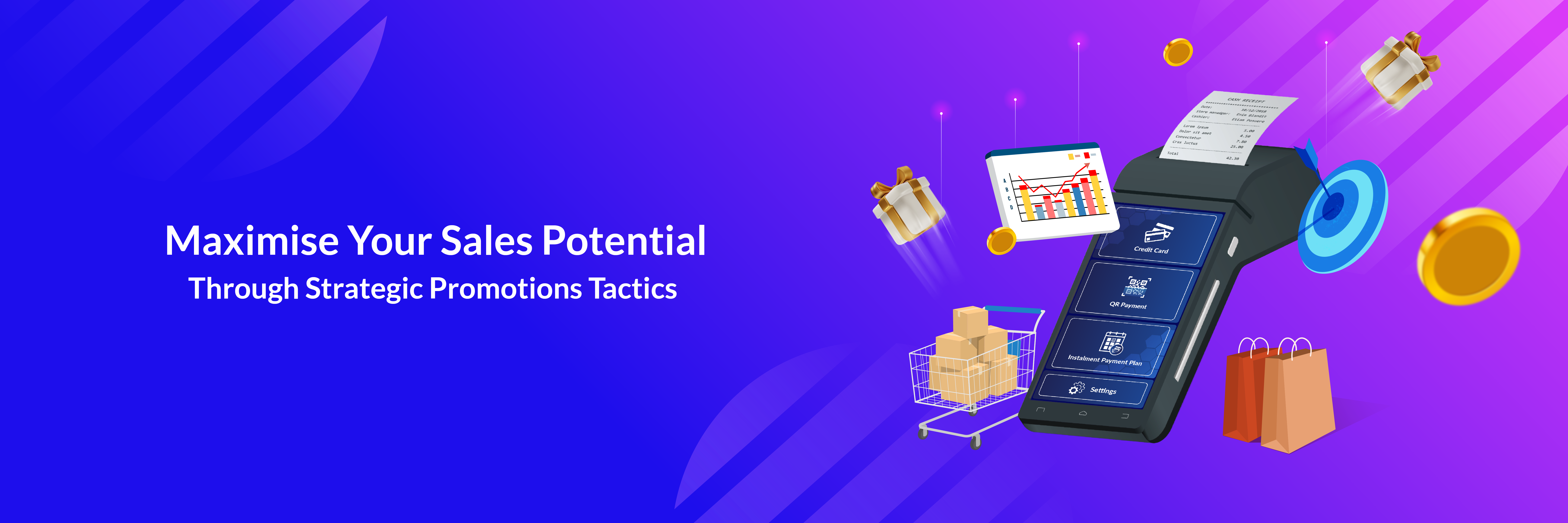5 Effective Promotion Strategies to Grow Your Business
Consumers today are spoilt for choices when it comes to the variety of products and services available. Promotions from brands or stores play a crucial role in attracting customers and standing out from competitors.
If you are a business owner, who is planning promotions to attract more customers or boost sales but don't know where to start, we’re here to help. These ideas can be used to drive sales, as well as marketing tools to help you understand your target audience and plan your marketing strategies effectively.
5 Tips for Creating Promotions to Boost Sales
1. Set Clear Objectives for Each Promotion
The first step is to determine the purpose of your promotion; for example, are you aiming to promote sales for a particular product or service, attract new customers, or boost overall sales? Having clear objectives helps you define your target audience and craft promotions that are more relevant and effective.
2. Set a Realistic Budget
The next important step is to set a budget you can afford to avoid impacting your business financial stability. Consider these three main factors:
· Promotion Costs: The cost of goods or services, including free shipping promotions, discounts, or bundled offers.
· Promotion Expenses: The cost of advertising on social media or conventional channels, which can be high.
· Return on Investment (ROI): The benefits gained from the promotion, such as increased sales, new customer acquisition, or increased brand engagement.
For startups or businesses with limited budgets, offering freebies or vouchers can be an effective way to promote without incurring high costs. If you have a larger budget, you can run more extensive promotions, such as "Buy 1 Get 1 Free" to quickly reach your target audience.
3. Choose the Right Promotion Type
There are various types of promotions available today. Having clear goals and objectives will help you plan or define the right promotional campaigns to meet your needs, such as:
· Product Sampling: Offering free product samples or trials is a suitable strategy for startups and businesses looking to expand their customer base, raise awareness and build trust.
· Interactive Activities: This method can boost product sales and brand/product recognition as it requires customers to purchase products or services to participate in the activities or win prizes, thereby increasing customer interest.
· Buy 1 Get 1 Free: Many brands use this popular tactic because offering free gifts after a purchase makes customers feel they are getting their money’s worth, increasing their desire to buy. This strategy is also suitable for clearing excess inventory.
· Bundle Deals: Combining products or services and offering them at a discounted price is another effective strategy to stimulate sales.
· Loyalty Programs: Loyalty or point-based systems can turn potential customers who are new to your brand or products into regular customers while retaining existing ones. The key is to offer attractive rewards that entice customers to return to your store.
4. Clearly Define Promotion Terms and Conditions
A crucial aspect of promotions is setting clear and transparent terms and conditions to avoid misleading customers. The terms should be detailed, transparent, and comply with advertising laws, such as:
· The start and end dates of the promotion.
· Specific conditions, such as purchase limits or limited product quantities for products on offer.
· How to participate, such as filling out a form or using a receipt after a certain purchase amount.
· Eligibility requirements, such as participating branches or products, or specific timeframes for purchases.
5. Track and Evaluate After the Promotion
Tracking and evaluating the results after a promotion is essential to determine its success and effectiveness.They provide insights for future promotions, allowing you to identify which strategies resonate with your customers, which doesn’t, and which can be improved. You can measure and evaluate based on these factors:
· Sales: Sales figures are the easiest way to gauge the success and popularity of a promotion without waiting for the promotion to end.
· Social Media Engagement: Measure the success of online promotions by looking at likes, views, and shares to assess if the promotion went viral.
· Return on Investment (ROI): Compare the costs incurred with the sales/leads generated after the promotion period ends to determine its success.
· Coupon or Discount Code Usage: If your promotion includes discount codes or coupons, you can easily measure its effectiveness by tracking the number of customers who have used them.
If you're a new business owner who is in the midst of planning a promotion, try following those tips above and consider using marketing tools that can support customer service and marketing planning, such as GHL's EDC card reader that comes with a transaction report function, allowing you to view real-time sales reports. This makes it easier for your store or business to plan sales promotion strategies. 
For more information on tools to help with your business marketing such as GHL's EDC card reader, visit In Store | GHL Thailand for more details.


